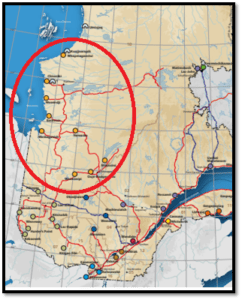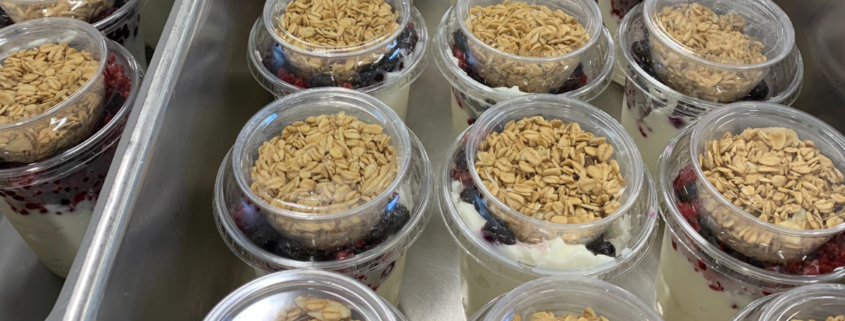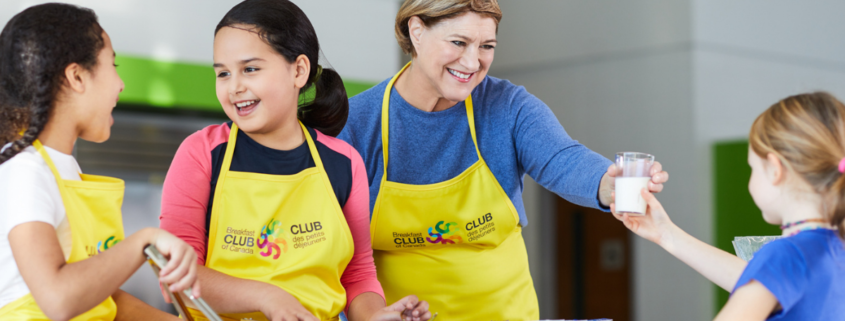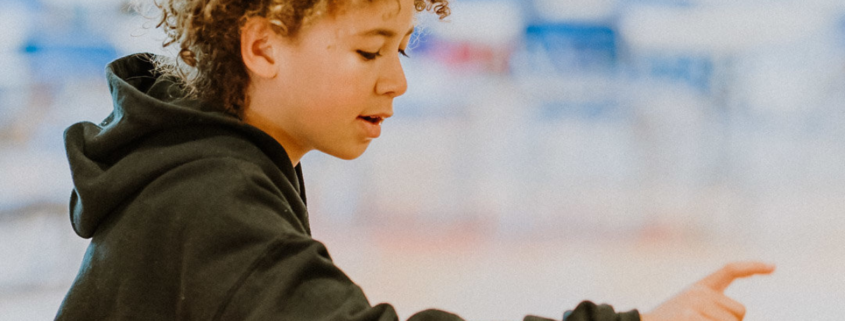At Ste-Thérèse School, located in St-Honoré-de-Shenley (Qc), a teacher had the idea of involving the students of his grade six class in the breakfast club and now they are the ones who manage the entire program for their school! Here is a discussion with the students and Frédéric Leclerc, a teacher who dared and succeeded!
What made you step in and take over the coordination of the breakfast program at your school?
Students: Breakfast Club of Canada has been an important part of our school for a long time. We have always had volunteers to make the meals every morning, and some years we had a bunch of people signing up. It’s a true need in our school community. Lots of kids don’t eat breakfast or don’t get the chance to start their day off with something healthy. There are also plenty of students who’d come to school without anything to snack on, and they’d ask for something because they were hungry. With COVID and all the changes it has brought, we barely had anybody volunteering this year. And we didn’t want to take the risk of losing the breakfast program. Something had to be done, and our teacher had the crazy idea that maybe we could take over!
What gave you the idea to get the students involved?
Frédéric: I’m a teacher who tries to do things a little differently. I like it when students are really involved in their own learning. I want things to be hands-on and inspired by day-to-day realities, and I want them to make connections with everything they learn. My teaching is based on the deep learning method. We use things that happen in real life to get students engaged in their learning. These are opportunities for them to realize how important some things are. We work on them in the classroom and then turn them into a project. So there was an opportunity there to put the students in charge of the breakfast program, and quite frankly it has been a huge success.
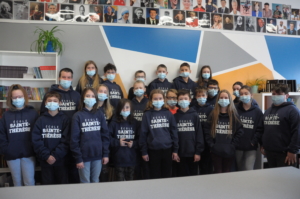
What made you agree to get involved?
Students: We wanted to do something good for the school without receiving anything in return. Helping make sure our friends and other students get breakfast in the morning, can try new foods, eat healthy and have access to good snacks… We can a learn a lot from this, and what we learn will stay with us all our lives.
What kind of responsibilities do you have?
Students: With the Club, we’ve learned a bunch of new things. We’ve learned how to work together, even with people we weren’t necessarily used to working with. We’ve learned to do a lot more on our own. This project pushes us to try new things and, if worse comes to worst, make mistakes! We’ve also gotten better at public speaking because we have to explain what’s on the menu, how the Club works, announce new things and other stuff every day. The teachers have been surprised by what we’ve accomplished. They didn’t think we could handle it all. Some people go in early to wash the fruit and get the food out we need. They take things out of the freezer for the next day. They also sanitize the work stations, check the fridge temperatures and make sure everything is OK. We have two-student teams assigned to each classroom. We take the food and place it in the bin, and then we hand it out in the classroom. We go back around 9 a.m. and pick up whatever’s left and put it back in the fridge, in the box or in the cupboard. Then we rinse out whatever’s recyclable, and we take it to the recycling bins outside.
We take inventory once a month and fill out an order form for whatever we need and send it to the Club’s coordinator. We also have to phone in our milk order, and when it gets here students make sure we rotate what we have so nothing gets wasted. It’s the same for our big food orders. One team unpacks everything while another checks to make sure all the items are there. Then another team checks the expiry dates and rotates everything. We have to be very careful and follow all the food safety rules. Frédéric showed us how to wash our hands the right way and how they do it in restaurants. Plus, we have a budget to follow, and we have to calculate the taxes and look for sales when we buy groceries. We handle all the money and make sure that the cashier gives us the right change. With all this to take care of, we’ve had to find solutions and ways to make it work. We’ve learned how to manage it and this’ll be totally important later on, in math class and in our everyday life when we’re planning a meal for our friends or a big party or something.
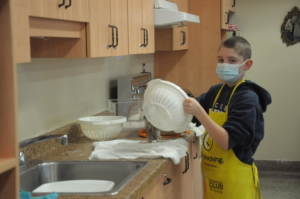
How have the students reacted? Were they into the whole idea from the beginning?
Frédéric: They’ve never been more motivated, and I can use this in the classroom too. If you want to be involved in the breakfast program, you have to do whatever’s expected of you in class. It works out really well. The kids love doing it, and even when I give them other duties, they take them and ask for more! I’m also starting to look at them in a whole new light. Some kids who struggle academically really shine in this project.
How have you had a positive impact on your school’s breakfast program?
Students: The program is doing really well, and students are eating a healthy breakfast every morning, and that’s because of us. They all get a snack and they love that. We are introducing them to new foods and we’re giving without expecting to get anything back. We’re helping out and enjoying our own breakfast at school too. We have even had to start placing bigger orders, because the kids at school are eating it all up every morning. The bins come back empty. It’s so cool!
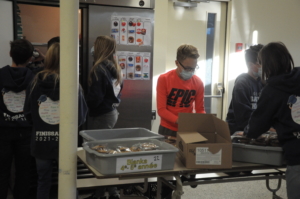
What kind of advice would you give to teachers or program leads to encourage them to get students involved in their breakfast programs?
Frédéric: You just have to jump in with both feet. Don’t overthink it. Once you’re into it, you’ll be able to sidestep the obstacles you run into along the way. You can’t plan for every problem, but the important thing is to stay flexible. For example, if the extra waste the program generates overloads your dumpster, you might want to step up your recycling efforts. You have to be prepared to invest lots of time at the start. A month into it, I can now let them do more on their own. They make mistakes, and that’s only natural. They’re kids, and that’s what kids do. But they learn, and that’s the beauty of it. You also have to be prepared to push a little. Making a change, doing something different, that always shakes things up a little. I’m doing this for the kids, so they can learn and want to come to school, for it to be meaningful to them. Sometimes you can’t let a few negative comments or criticisms stop you.
You have to be bold and think big! And why not?
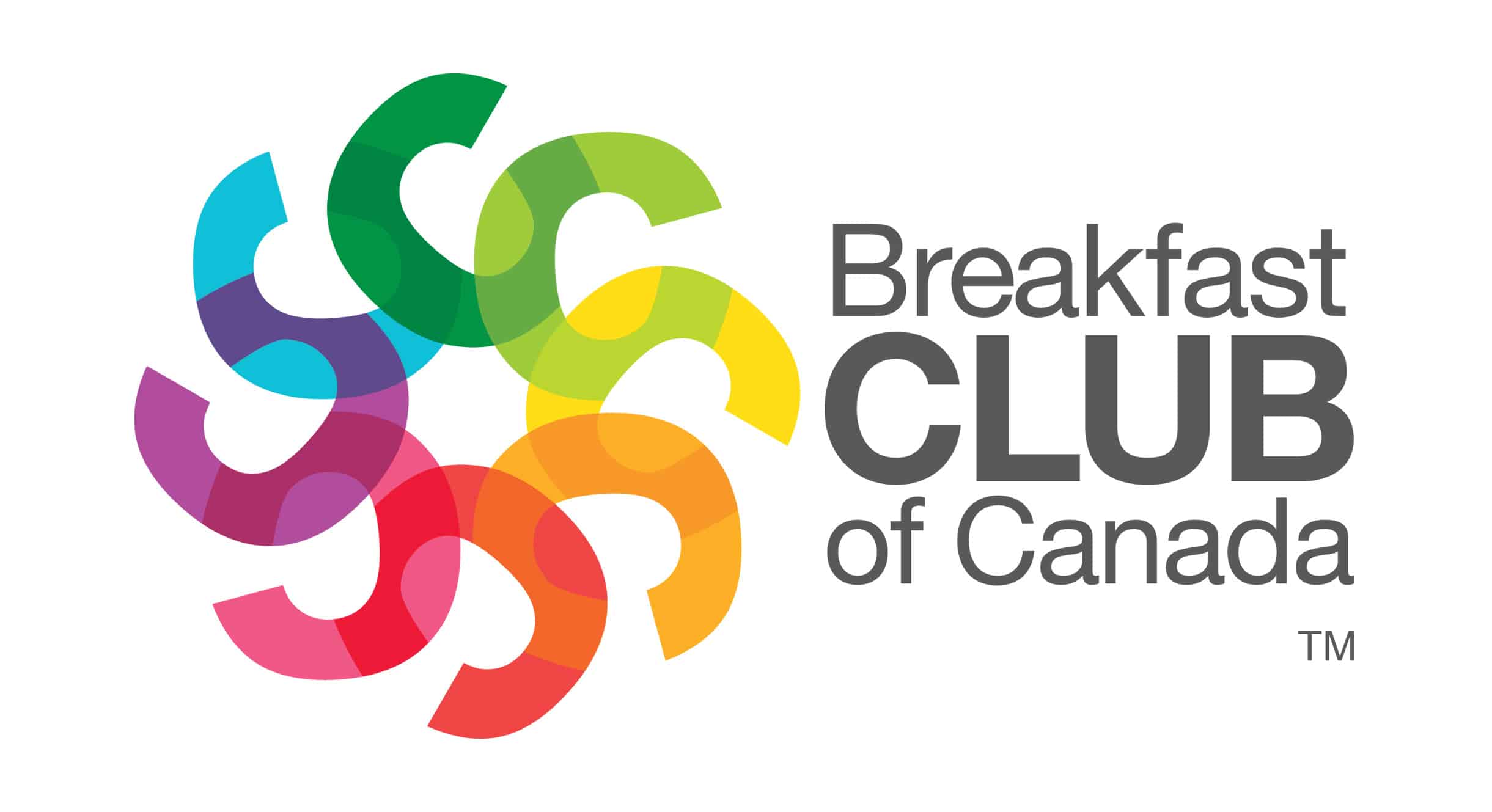





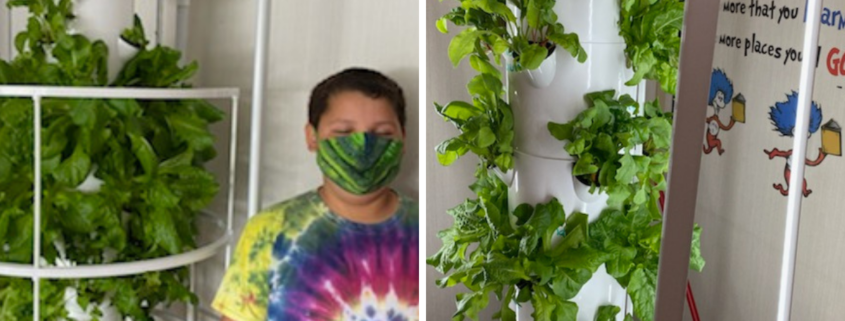
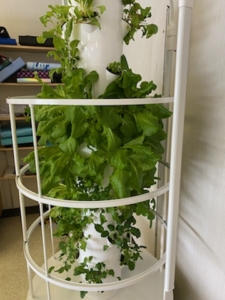 What kind of crops are the kids growing?
What kind of crops are the kids growing?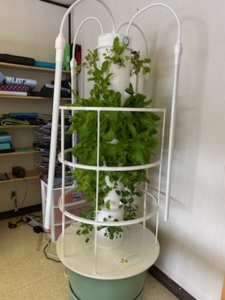 How did you come up with the idea?
How did you come up with the idea?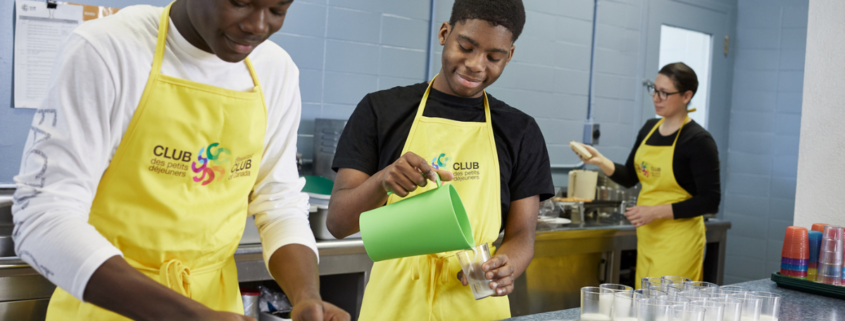

 “I made a bequest to the Club because it’s vital children get something to eat before they start their school day. Without it, all they can think about is how hungry they are. That means they’re not ready to learn. Nobody would be.
“I made a bequest to the Club because it’s vital children get something to eat before they start their school day. Without it, all they can think about is how hungry they are. That means they’re not ready to learn. Nobody would be. 

 During our first visit to these Northern communities in 2013 to provide support and raise awareness, BCC’s Indigenous programs advisor questioned the longer-term feasibility of supporting so many large school populations in these remote areas. Eight years and one regional partnership later, and it looks like we may have figured it out!
During our first visit to these Northern communities in 2013 to provide support and raise awareness, BCC’s Indigenous programs advisor questioned the longer-term feasibility of supporting so many large school populations in these remote areas. Eight years and one regional partnership later, and it looks like we may have figured it out!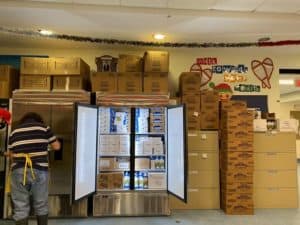 In 2017, we reached out to the Cree Board of Health and Social Services of James Bay and, shortly after that, to the Cree School Board to join forces in setting up a universal breakfast program for all Eeyou Istchee schools. We are very fortunate to be working alongside strong leaders in both organizations. They have been, and continue to be, invaluable allies in making our shared vision a reality. Although 2019–2020 proved to be especially challenging with the arrival of COVID-19, our partnership has made it possible to keep making food deliveries to families with children in most communities.
In 2017, we reached out to the Cree Board of Health and Social Services of James Bay and, shortly after that, to the Cree School Board to join forces in setting up a universal breakfast program for all Eeyou Istchee schools. We are very fortunate to be working alongside strong leaders in both organizations. They have been, and continue to be, invaluable allies in making our shared vision a reality. Although 2019–2020 proved to be especially challenging with the arrival of COVID-19, our partnership has made it possible to keep making food deliveries to families with children in most communities. “We have only had positive results since starting our breakfast program. Students are getting to school on time for a change, and they now have the energy to get through the morning!”
“We have only had positive results since starting our breakfast program. Students are getting to school on time for a change, and they now have the energy to get through the morning!”